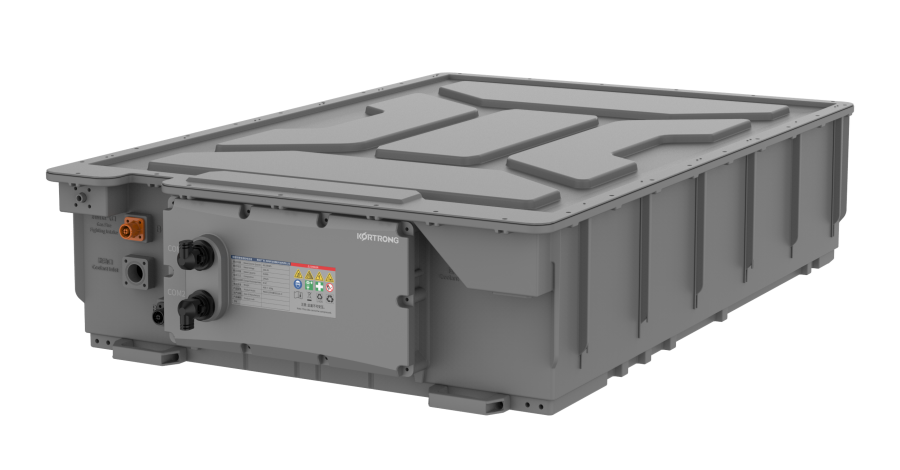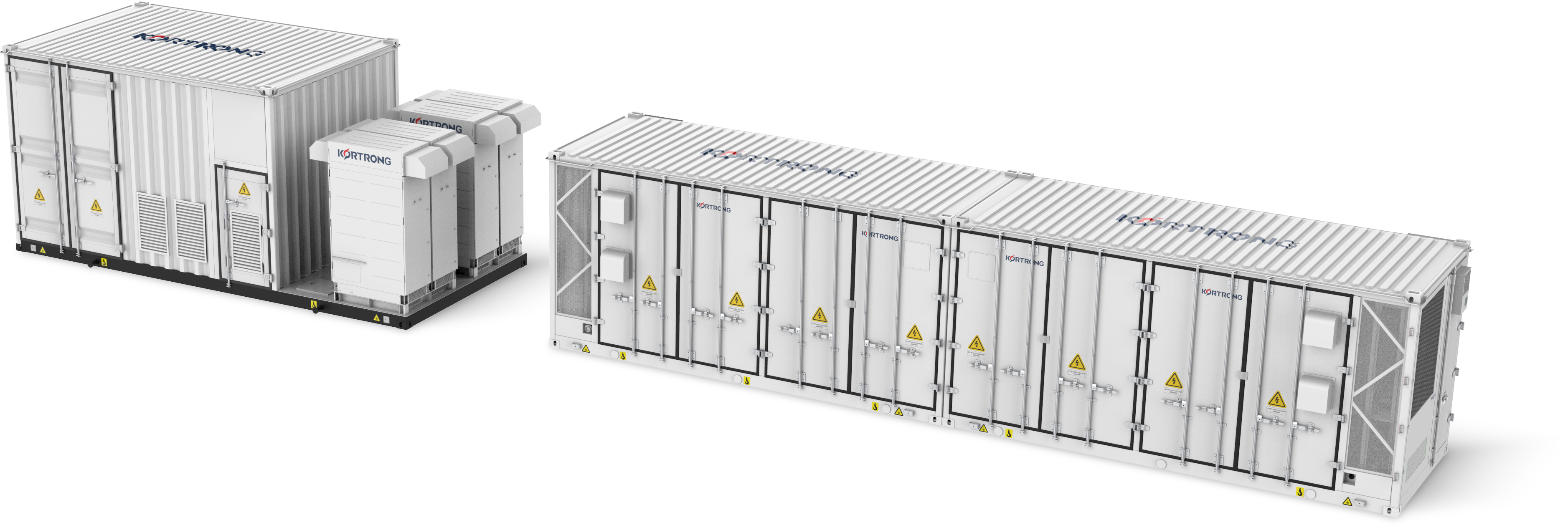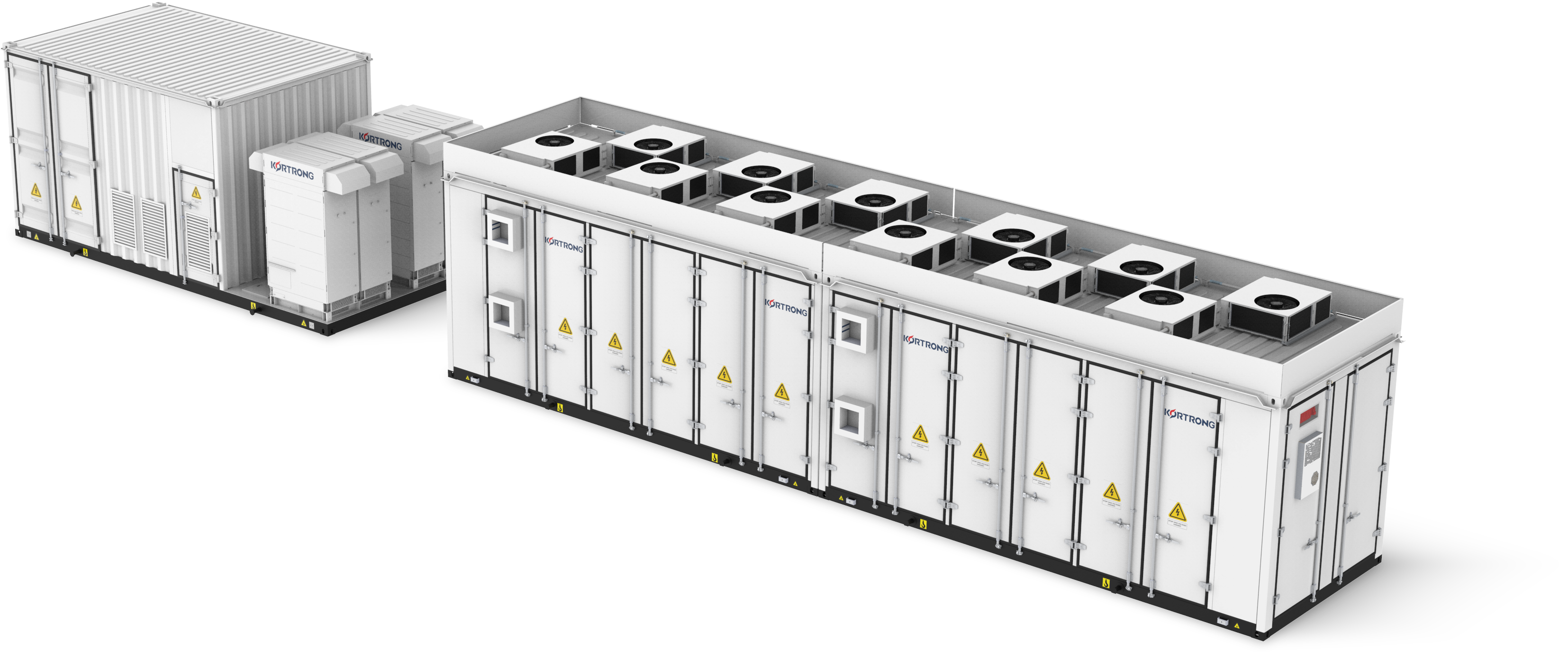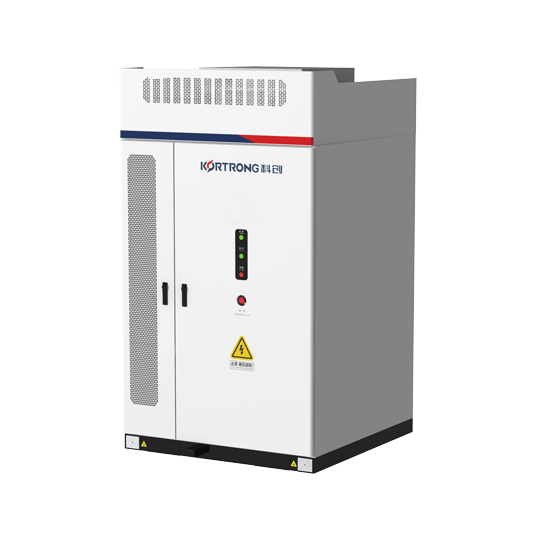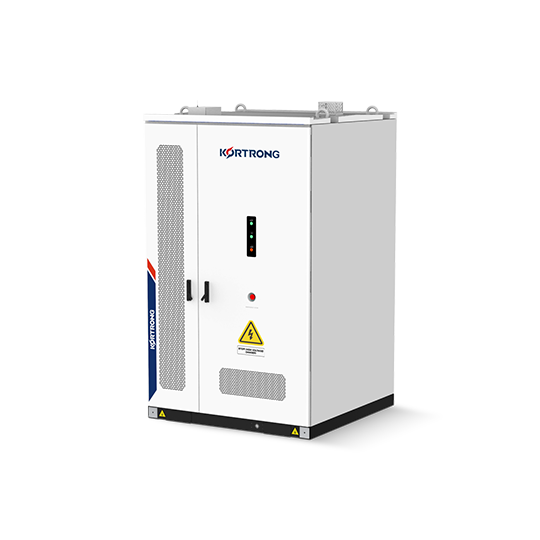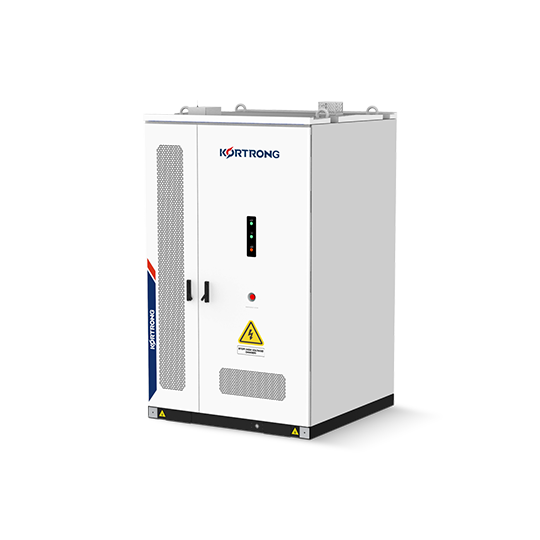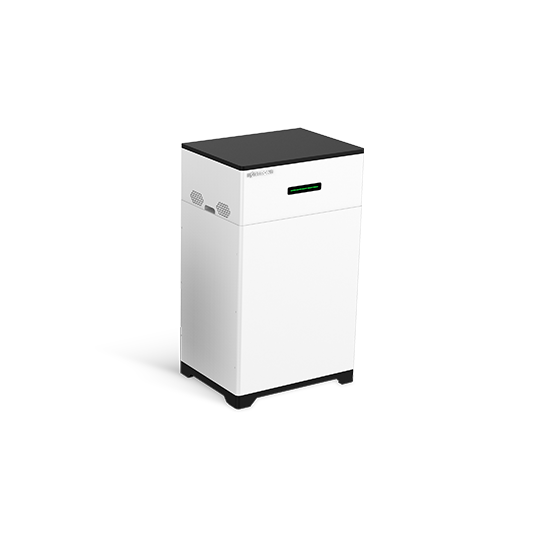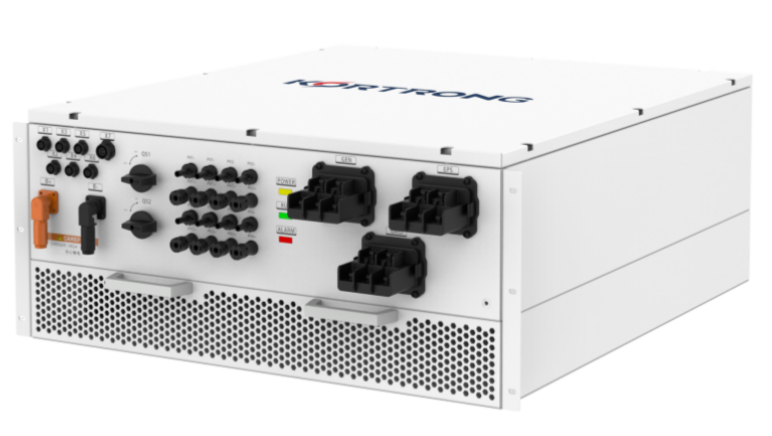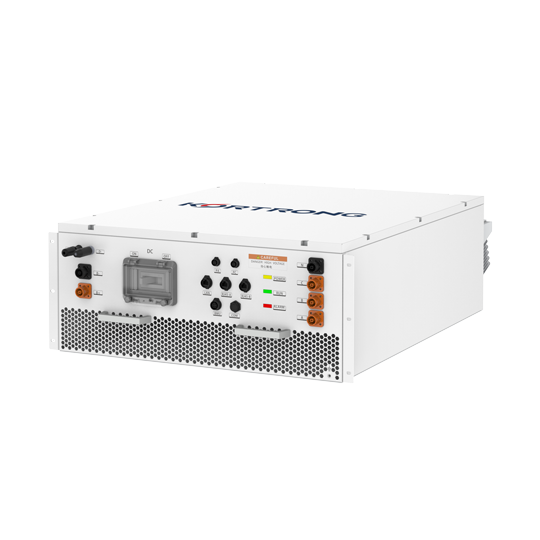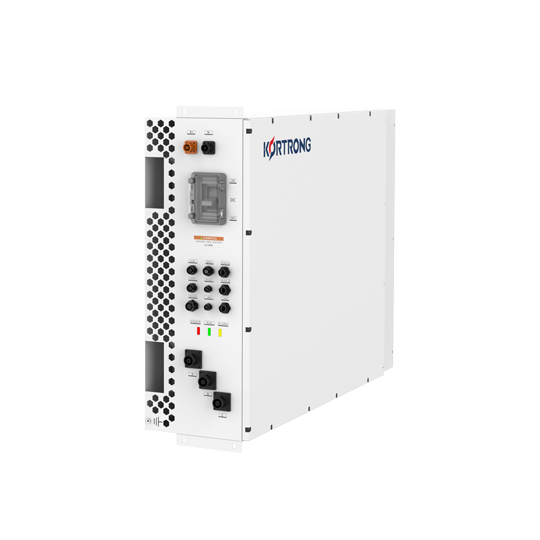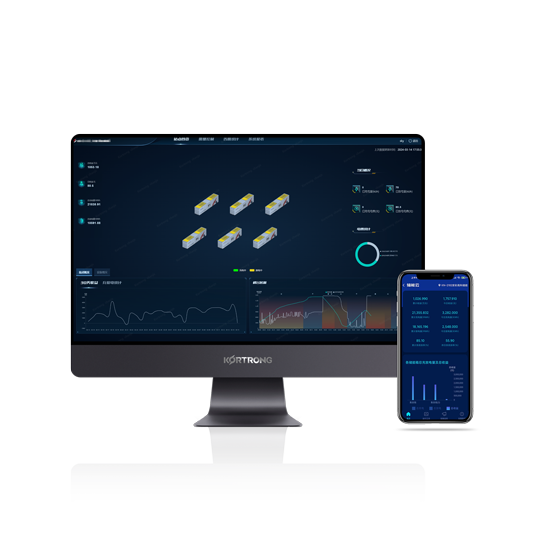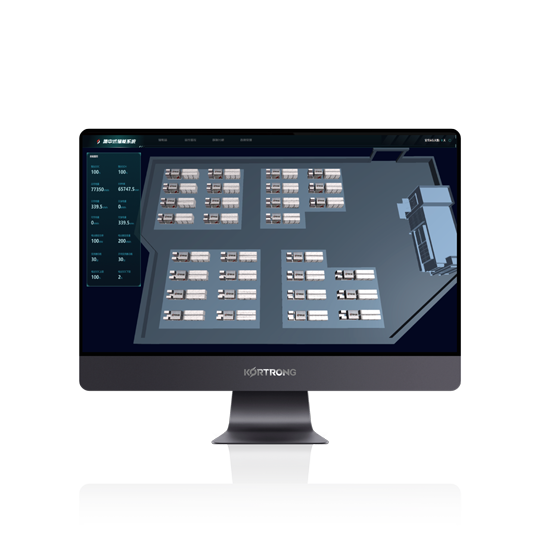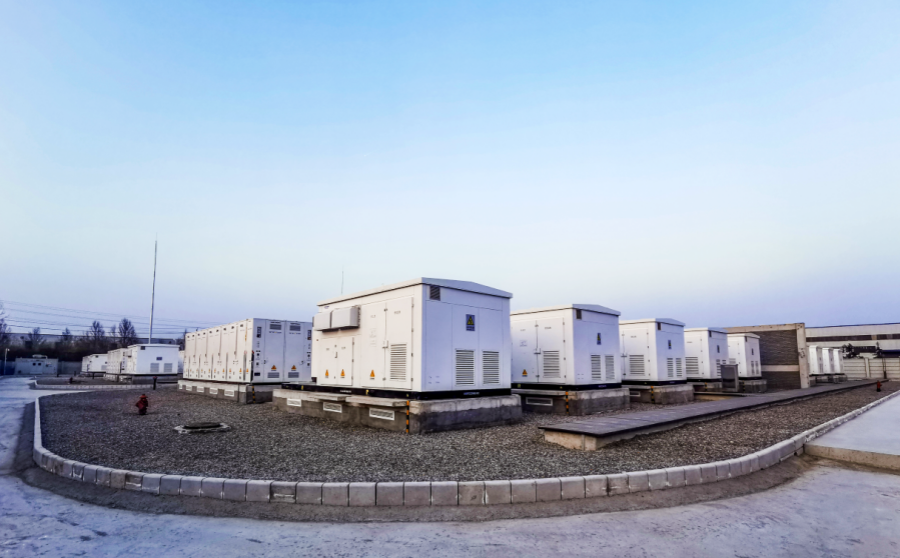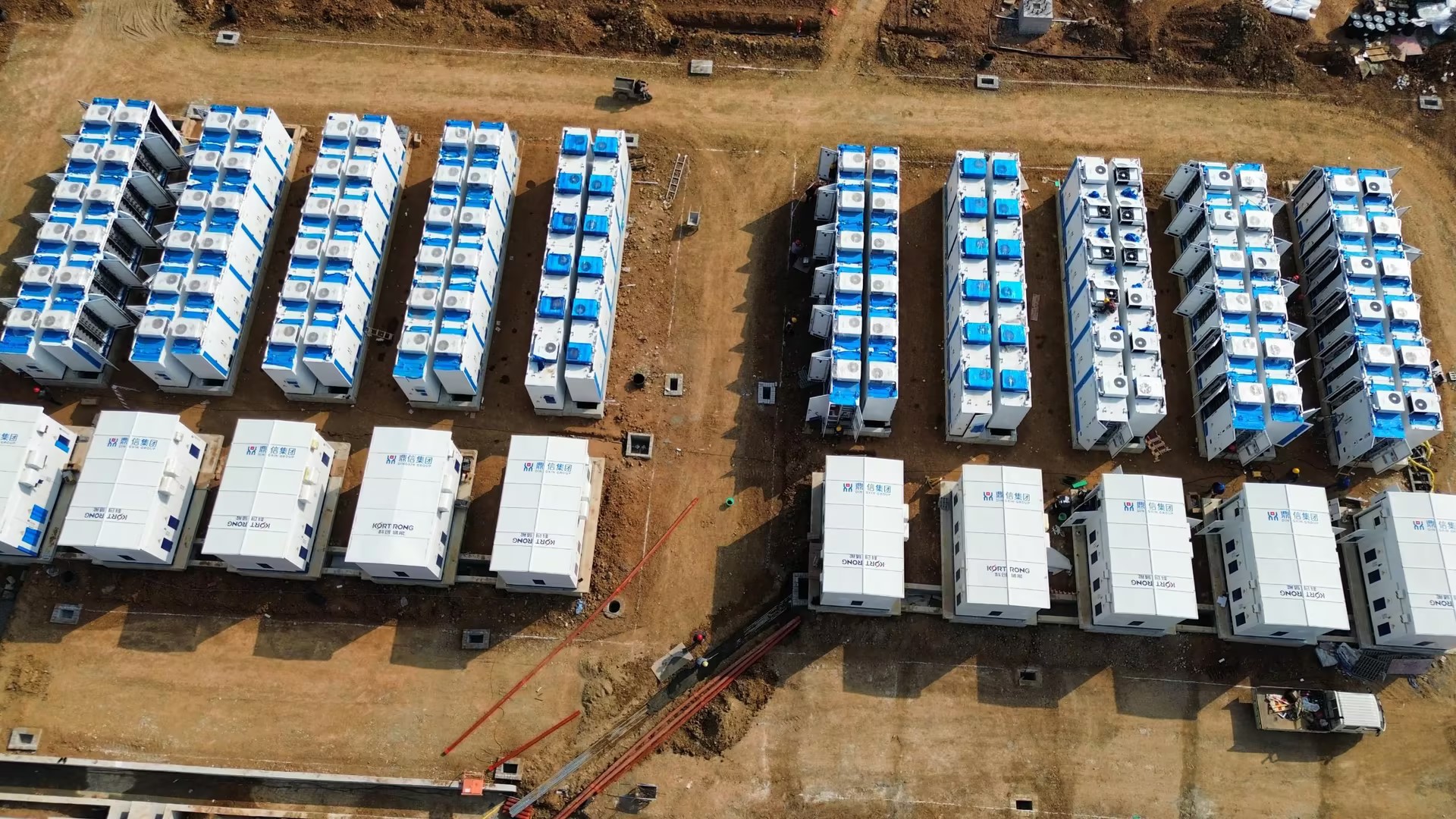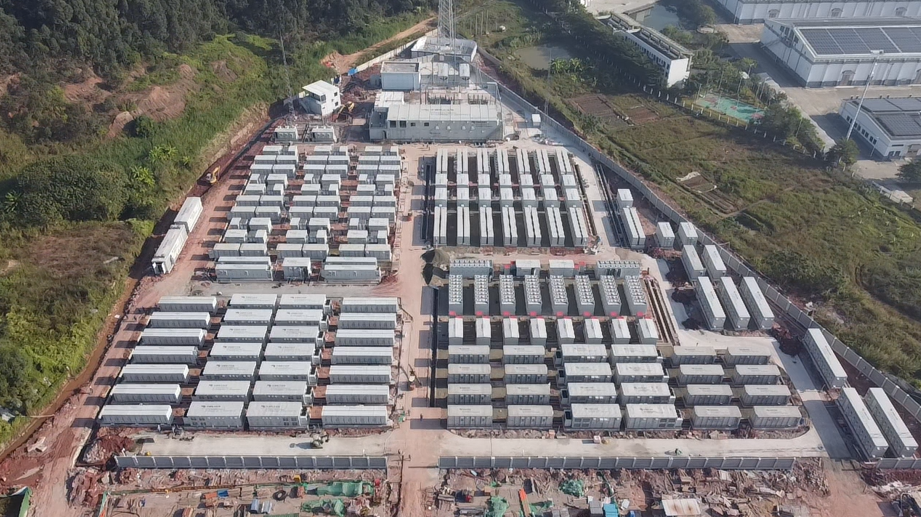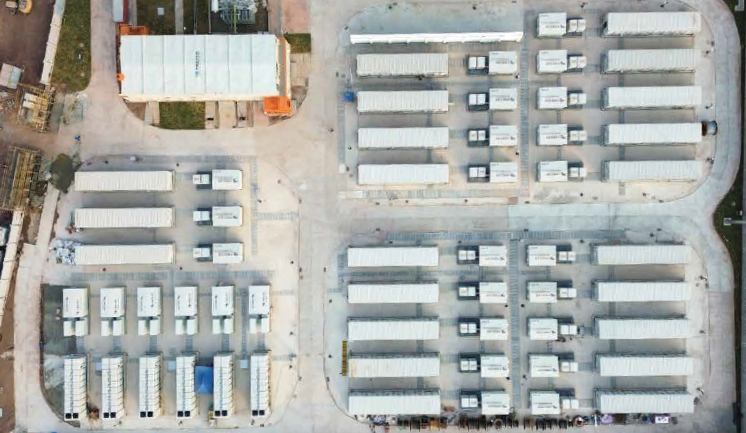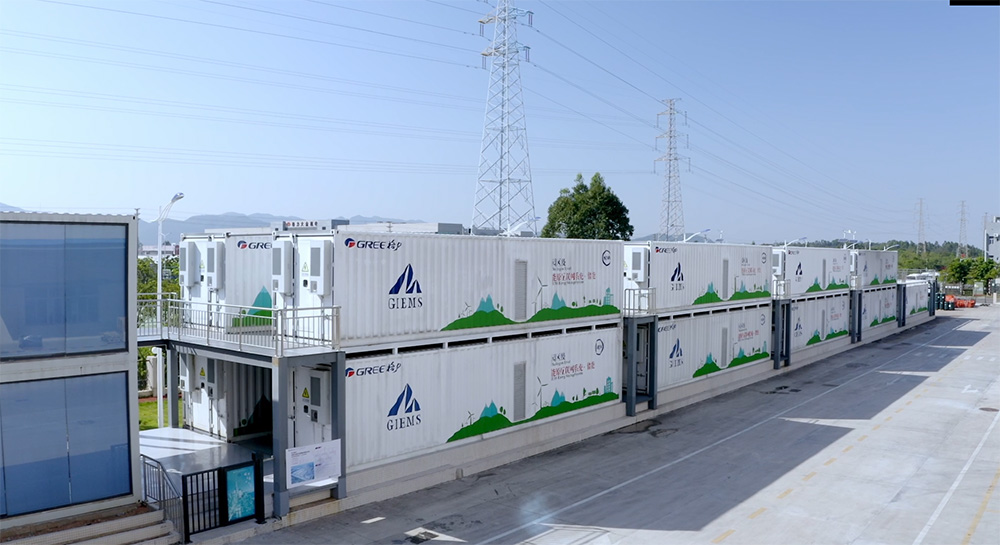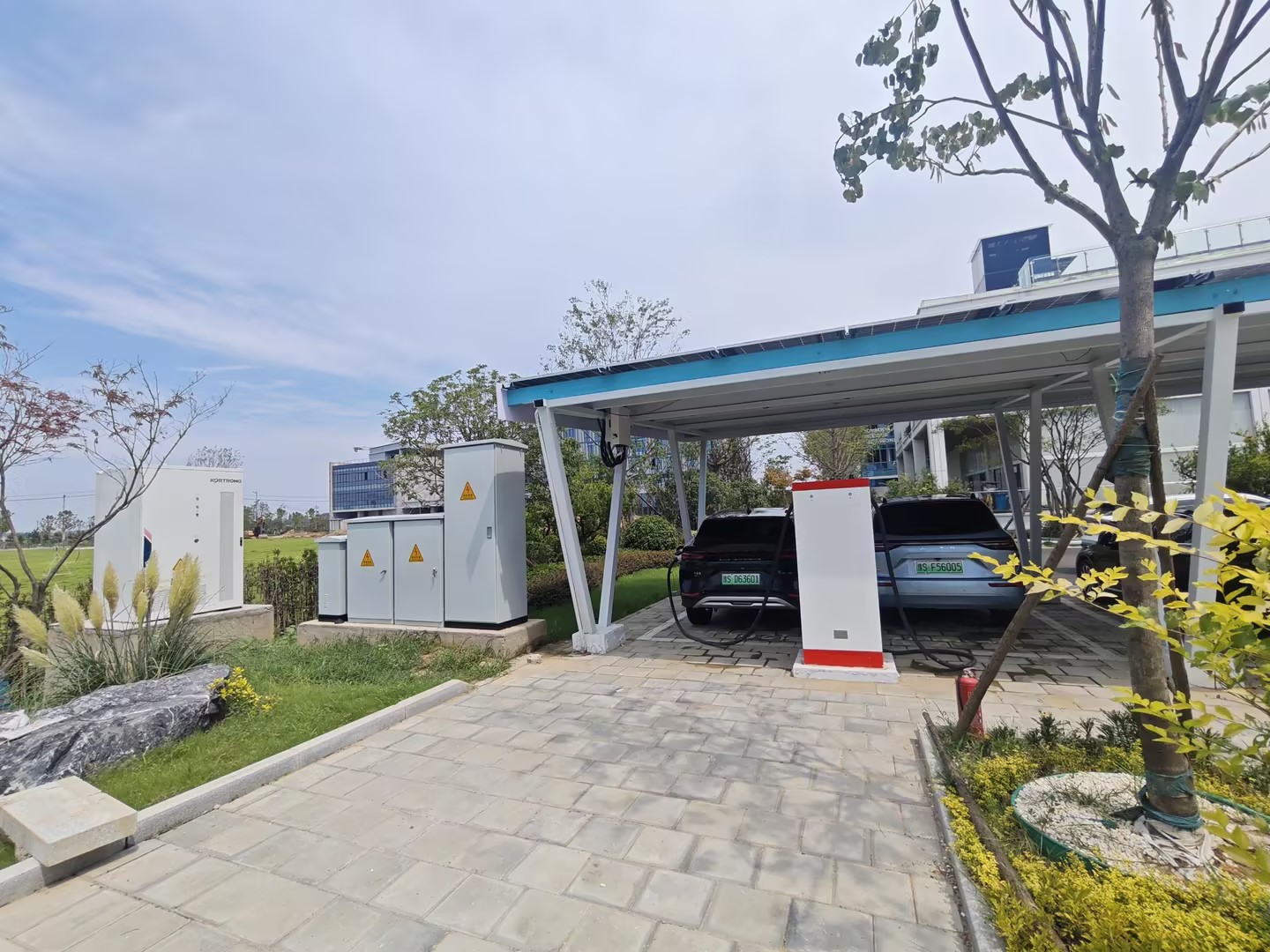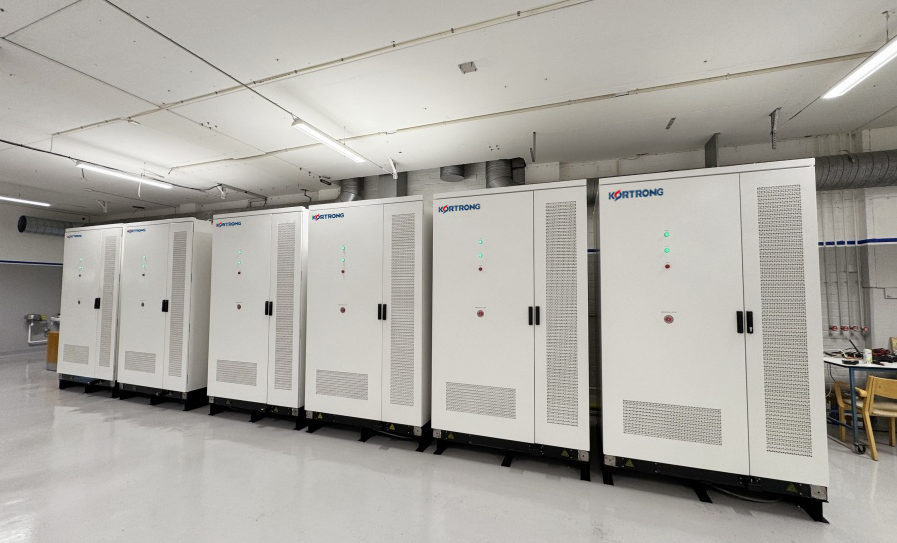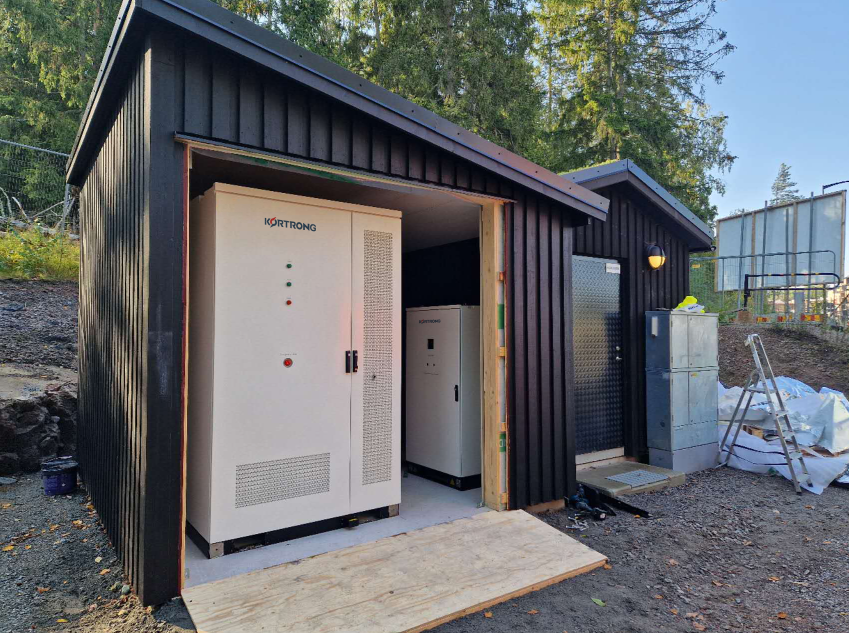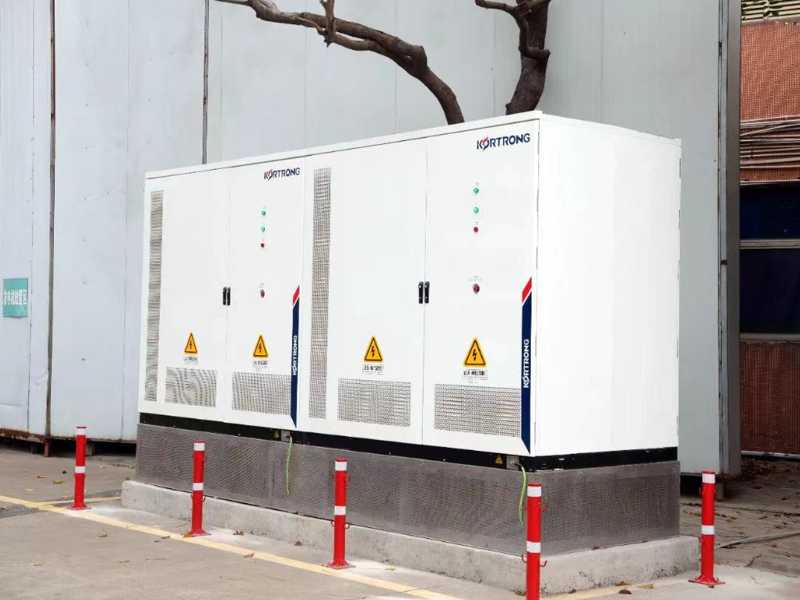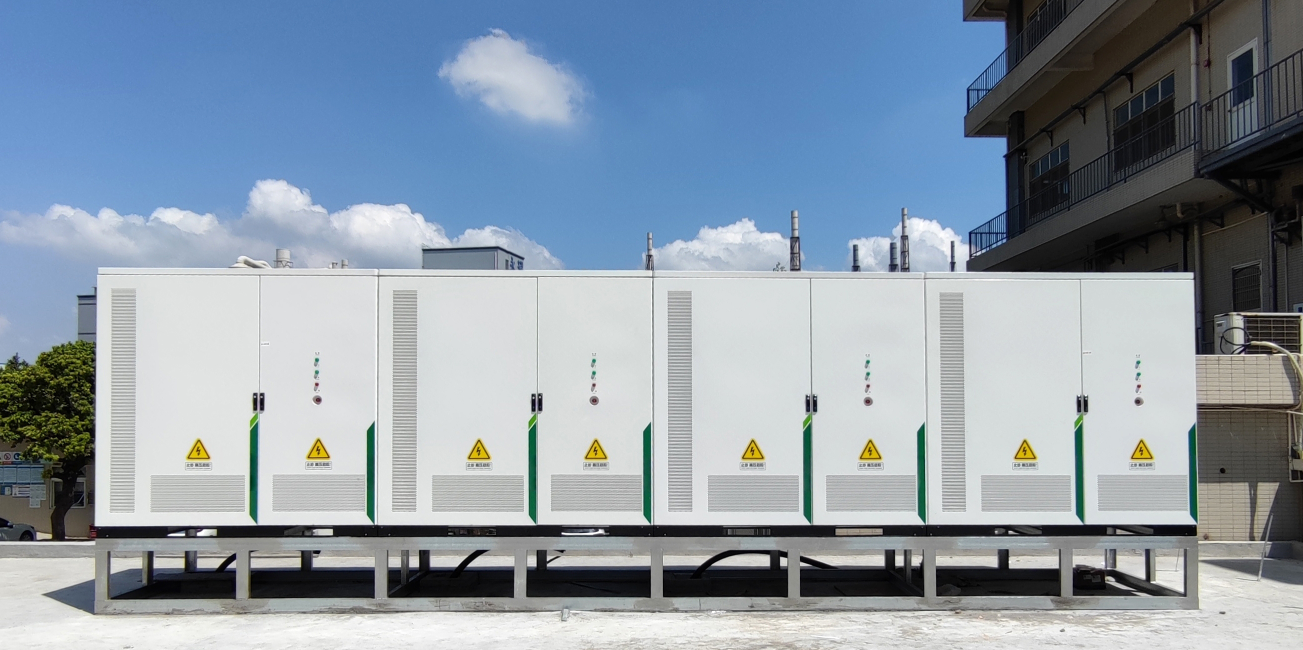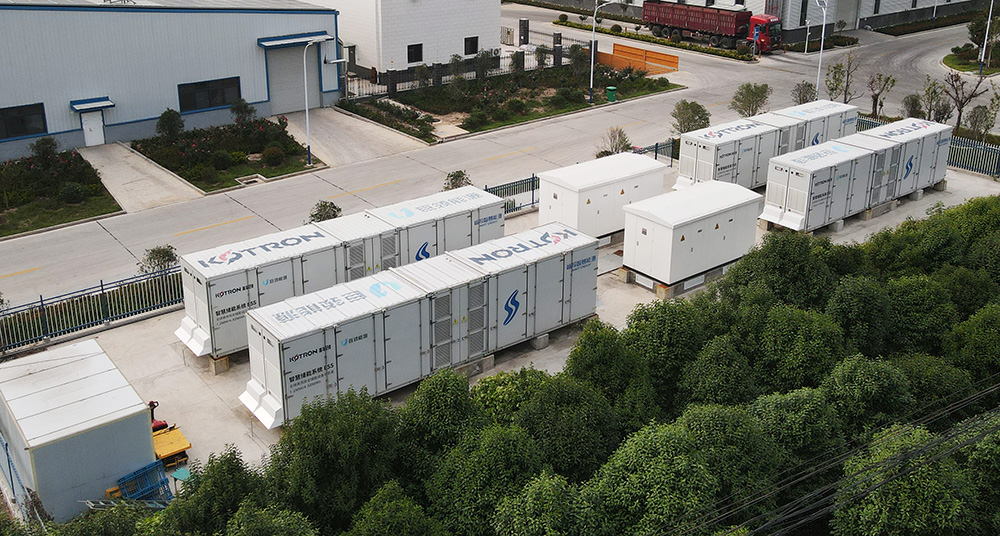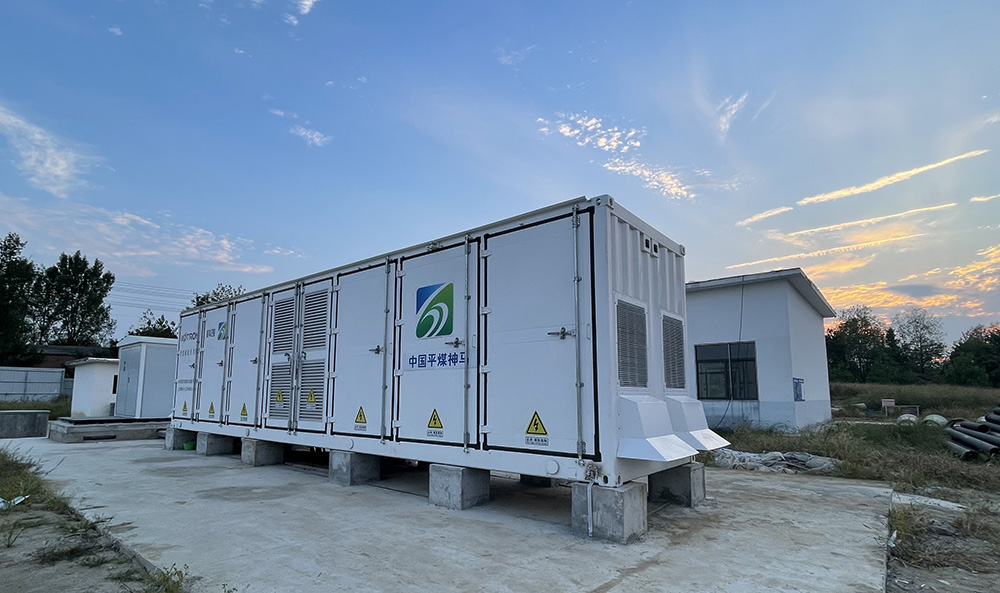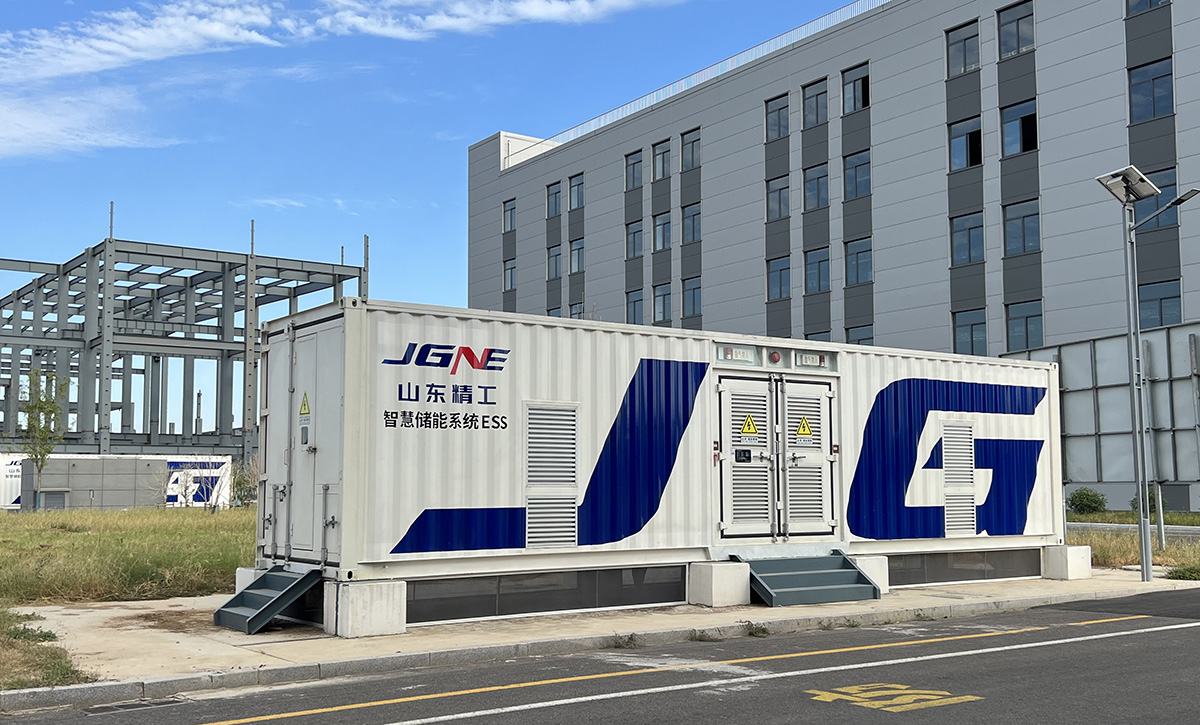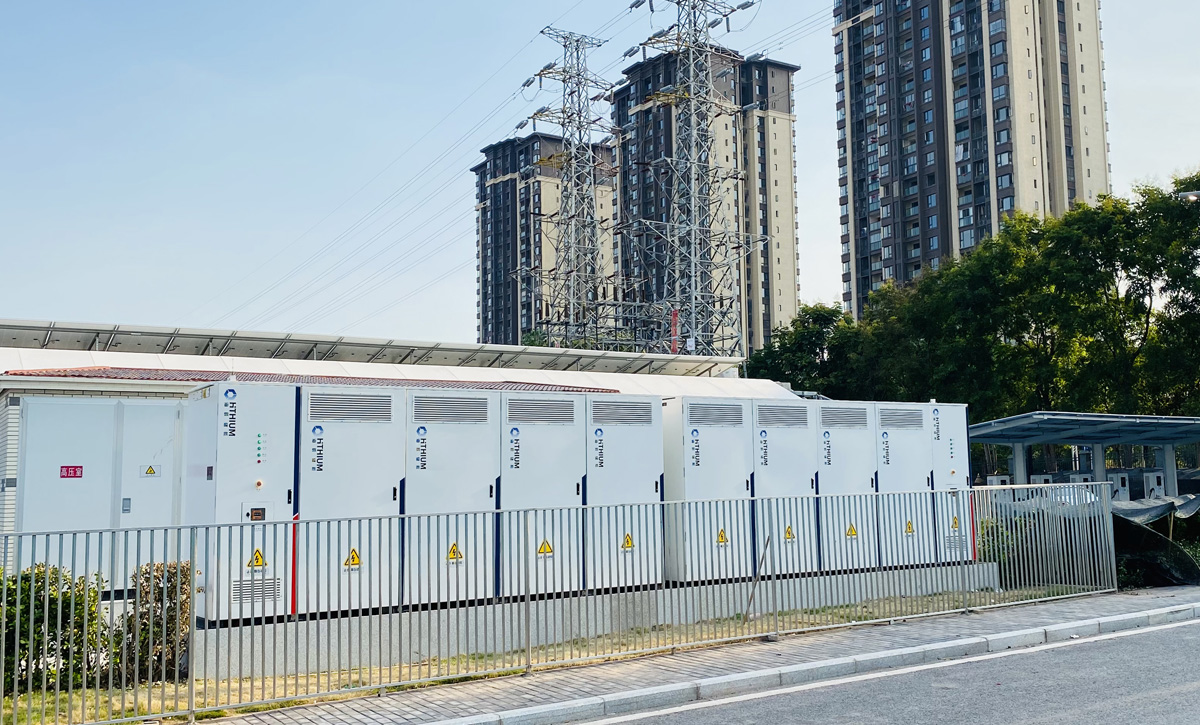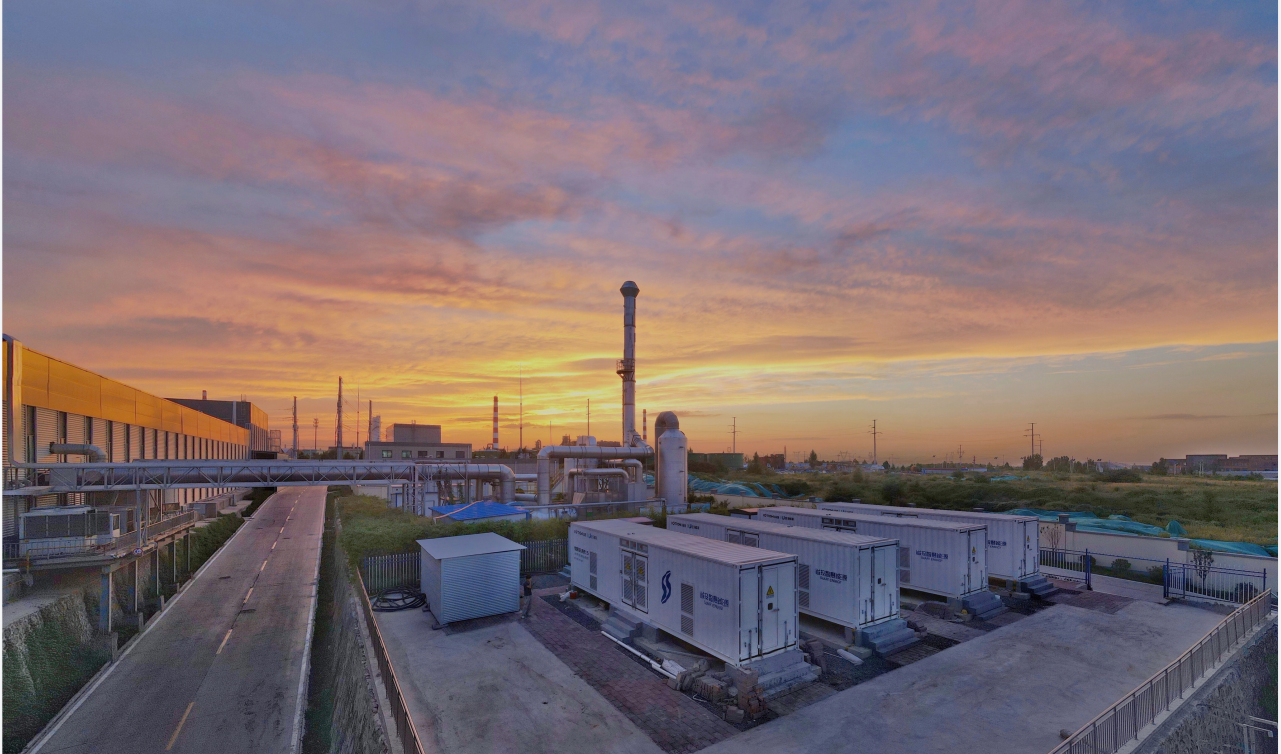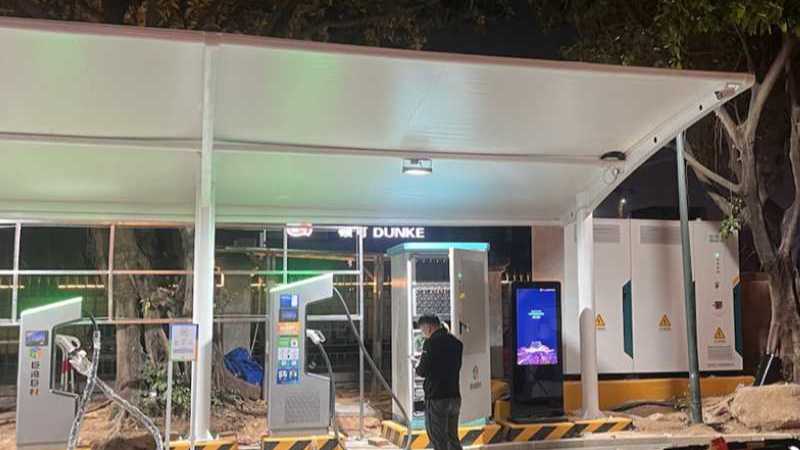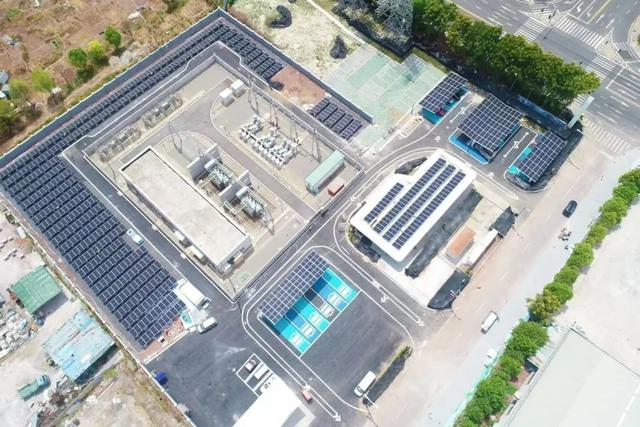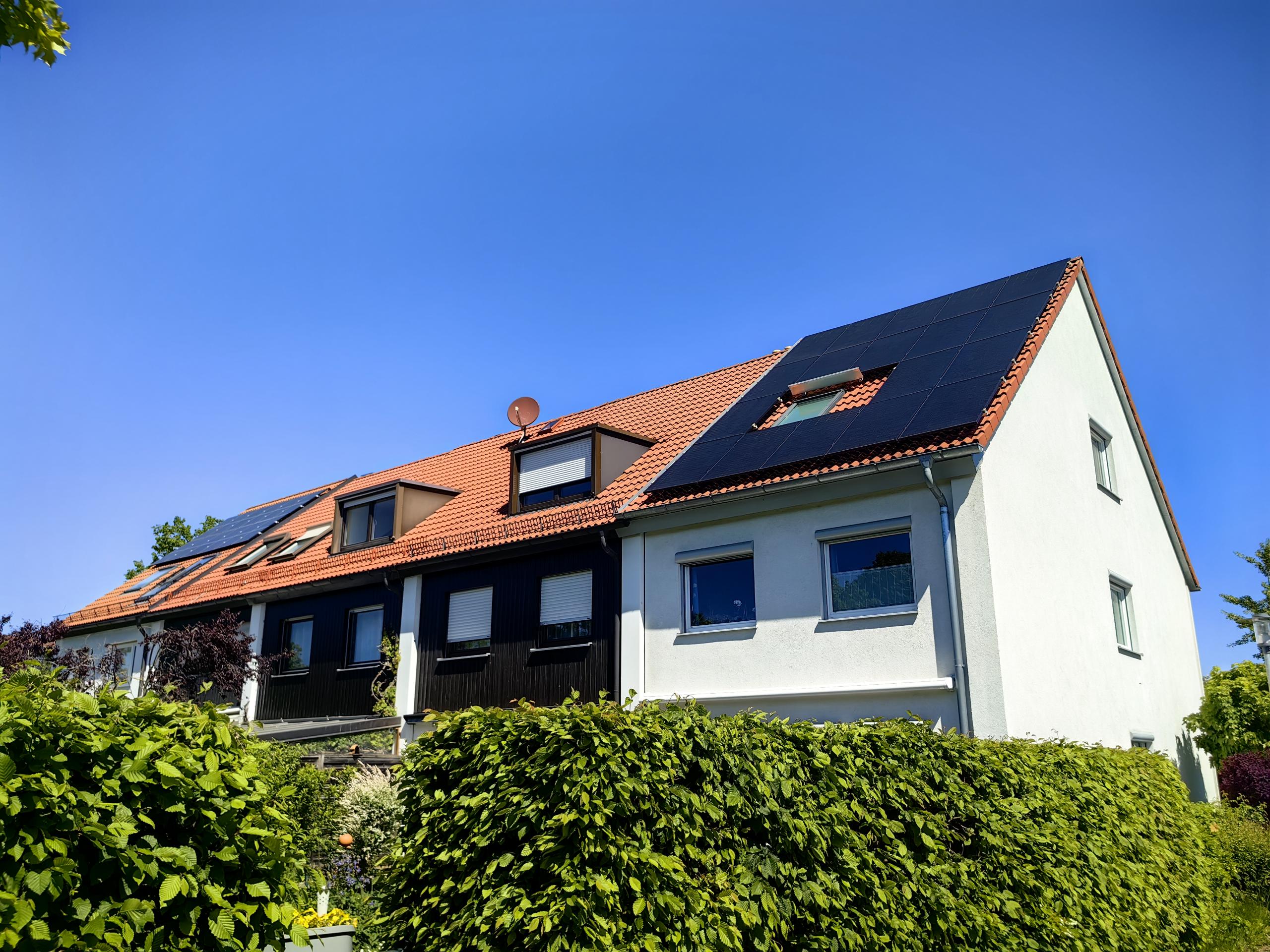As China officially entered the period of Rufu (the hottest period of summer) in mid-July, much of the nation has been plunged into an unprecedented "scorching mode." Northern regions, including Henan Province, have repeatedly recorded temperatures exceeding 40°C, with localized peaks surpassing 42°C in Hebi City, triggering multiple severe heatwave warnings from local meteorological authorities. For energy storage systems, prolonged operation under such extreme thermal stress is not merely a test of equipment stability; it directly impairs power regulation efficiency and, critically, amplifies the risk of thermal runaway in batteries – a grave threat to grid safety.
Against this backdrop, we turn to Kortrong's centralized energy storage project in Hebi, Henan. How has it withstood this "great baking," ensuring product performance, system regulation, and operational integrity amid relentless heat?
01 Cabin Microclimate Control: Cutting-Edge Thermal Management Technology
Hebi's continental climate brings intense "dry heat" in summer, with daytime highs hitting 40°C and significant day-night temperature swings. These conditions can cause drastic fluctuations in battery cell temperatures, destabilizing energy storage systems. However, field measurements at Kortrong’s Hebi project tell a different story: even when external temperatures soar to 45°C, the internal battery cabin temperature remains a steady 30°C, with core cell temperature differences ≤4°C.

This precision in "cabin microclimate" control stems from Kortrong's proprietary technological innovations. The company's liquid-cooled energy storage system dynamically adjusts coolant flow and temperature in real time based on detected temperature differentials. Complemented by a self-developed cabin thermal insulation design, it forms a highly efficient heat-resistant barrier. This thermal management capability proves indispensable during peak summer demand: as residential air conditioning loads surge, Kortrong's low-power & high-efficiency cooling technology ensures the storage system responds swiftly to stabilize power supply. Simultaneously, it enhances the integration of renewable energy, reducing the need for fossil fuel-fired power plants to balance the grid – a cornerstone of "high-temperature supply security" under the shared energy storage model.
02 AI-Powered: Cell-Level Smart Grid Support
Sustained high temperatures, large temperature differentials, and spiking electricity demand place extreme demands on the dynamic regulation capabilities of energy storage systems. To address this, Kortrong’s Hebi project employs its cell-level Intelligent Energy Management System (EMS), which integrates BMS (Battery Management System) and EMS (Energy Management System) through multi-system intelligent coordination, creating a "neural hub" for peak load support.

This advanced system integrates multimodal data streams, monitoring over 120 critical parameters in real time, including chiller efficiency and fire detector readings, to dynamically optimize operational strategies. Leveraging historical data on equipment thermal stress during peak periods, Kortrong's cloud-based predictive maintenance model proactively issues fault warnings and pinpoints anomalies with precision, drastically improving response times and regulation accuracy. This preemptive approach minimizes the risk of sudden failures disrupting power supply during extreme heat.
03 Frontline Defense: Operational Expertise for Summer Peak Challenges
To combat the extreme heat during the summer peak period, Kortrong's dedicated operations and maintenance (O&M) team has established a robust "full-lifecycle service with rapid dispatch response" framework. As described by Kortrong engineers at the Hebi site, the team operates a three-tiered "frontline inspection – backend intelligent control – dynamic response" mechanism:
On-site inspections prioritize monitoring for abnormal charging/discharging noises and battery cell temperature fluctuations.
Backend systems track chiller performance metrics, fire detector values, and smoke alarm status at high frequencies, analyzing key indicators in real time.
This integrated approach forms a dynamic defense line safeguarding equipment health, ensuring the energy storage system acts as a reliable "stabilizer" for the power grid during critical summer demand periods.

Conclusion: Shared Energy Storage as a Pillar of Grid Resilience
In the face of overlapping challenges – extreme heatwaves and skyrocketing electricity demand – Kortrong’s Hebi project has not only effectively met surging residential power demandsurging residential power needs, but also alleviated grid pressure by enhancing renewable energy absorption. Represented by Hebi, Henan, shared energy storage is emerging as a vital pillar in ensuring the safe and stable operation of China's power system, demonstrating innovative solutions to climate-driven grid stress.





